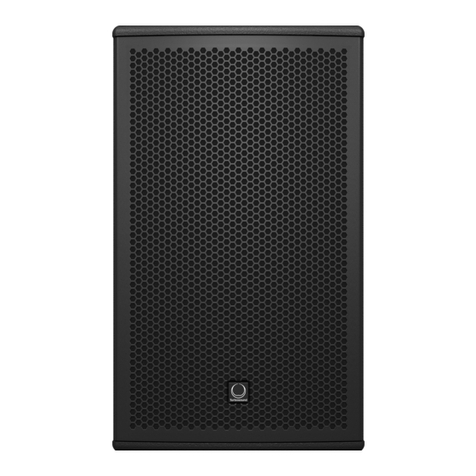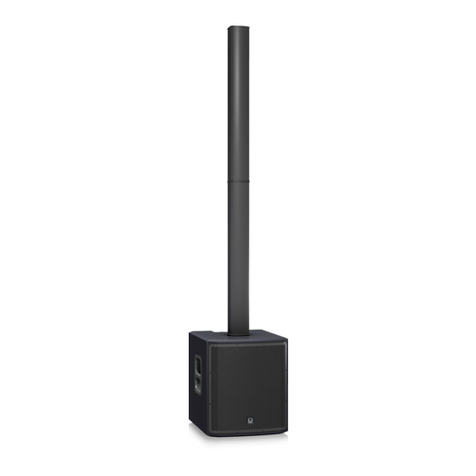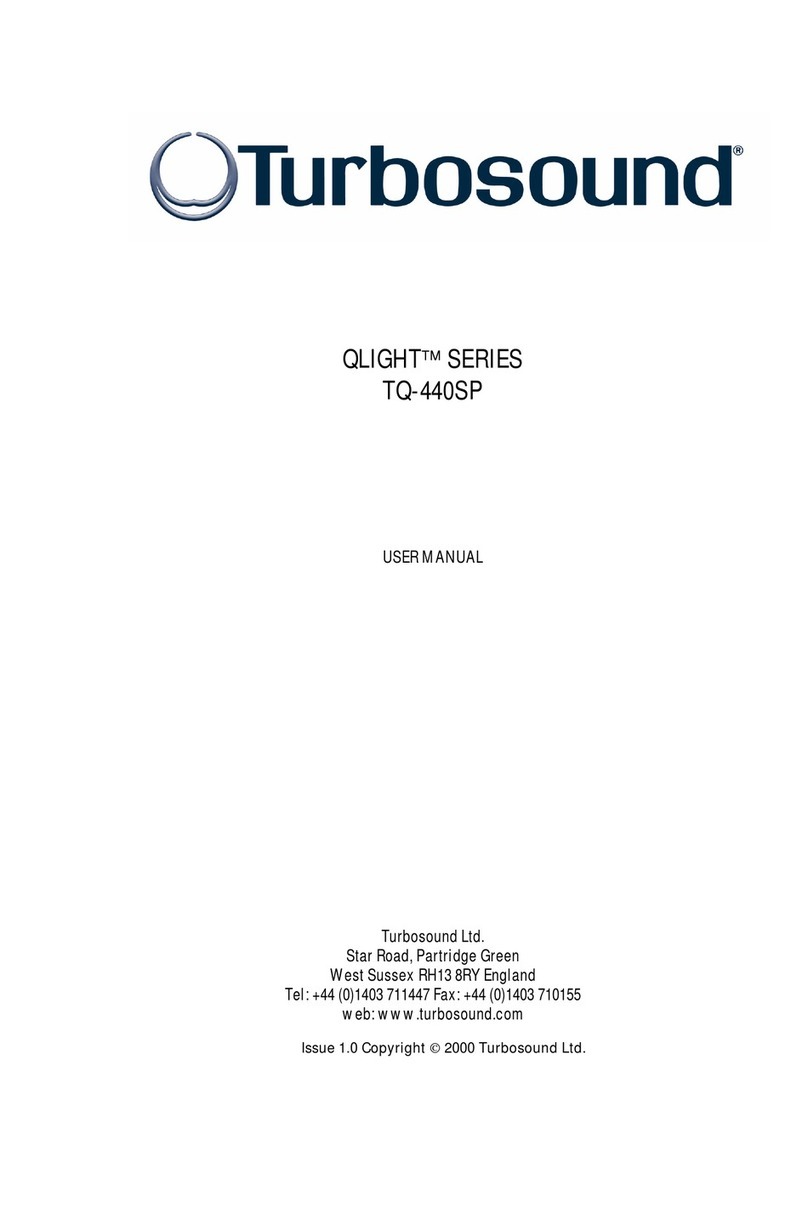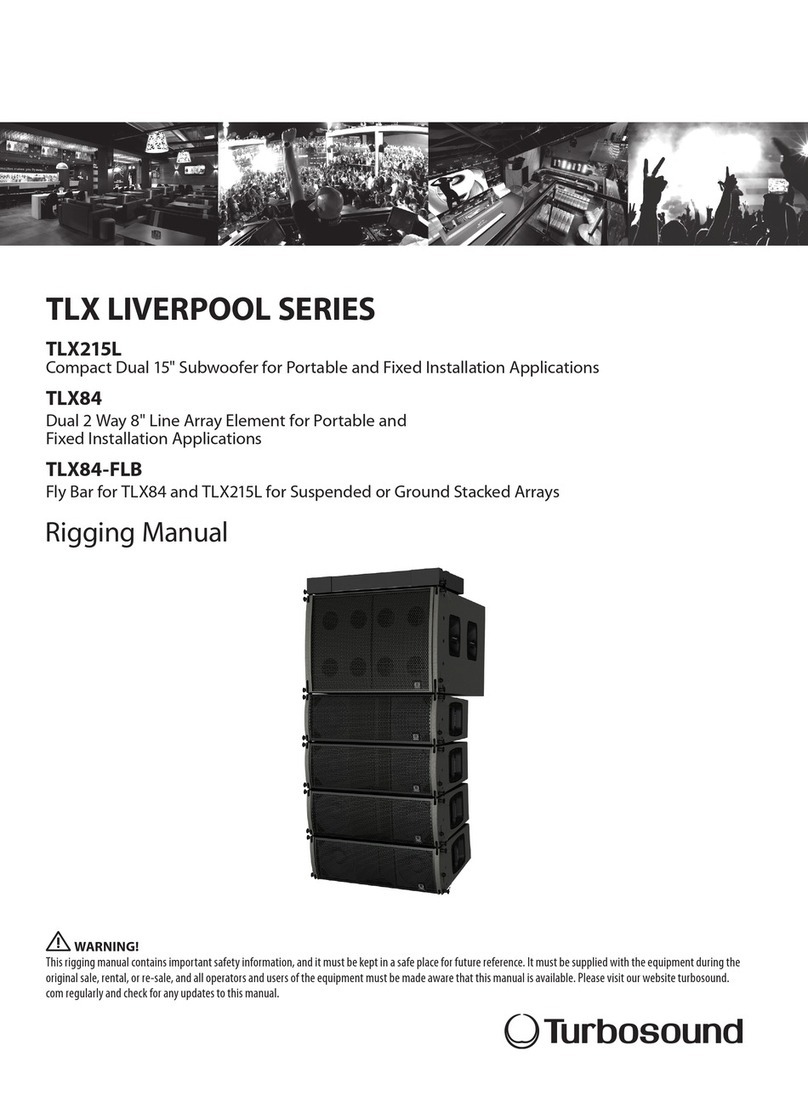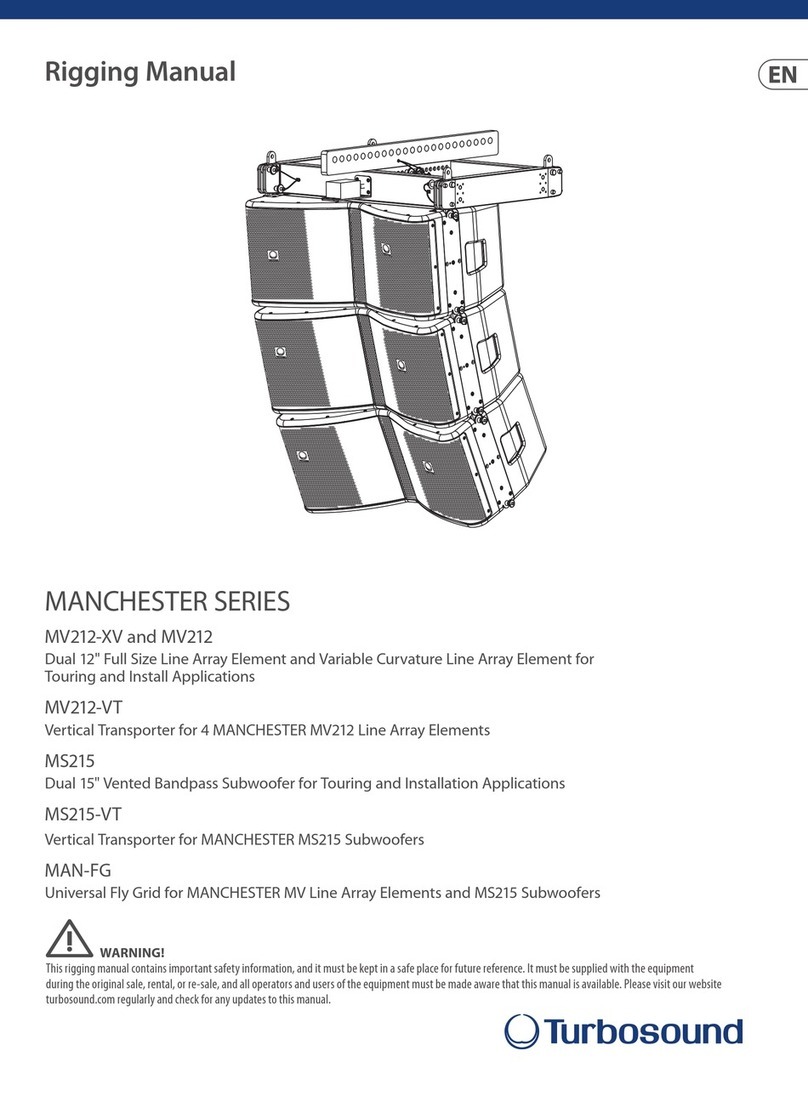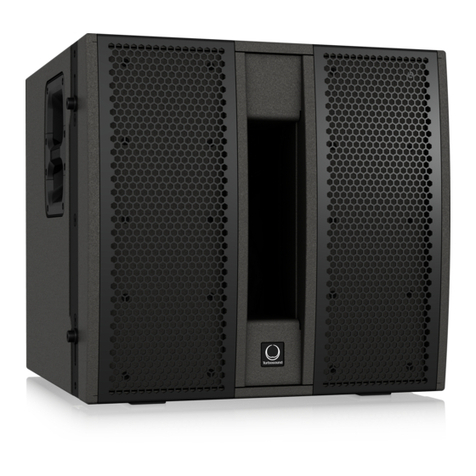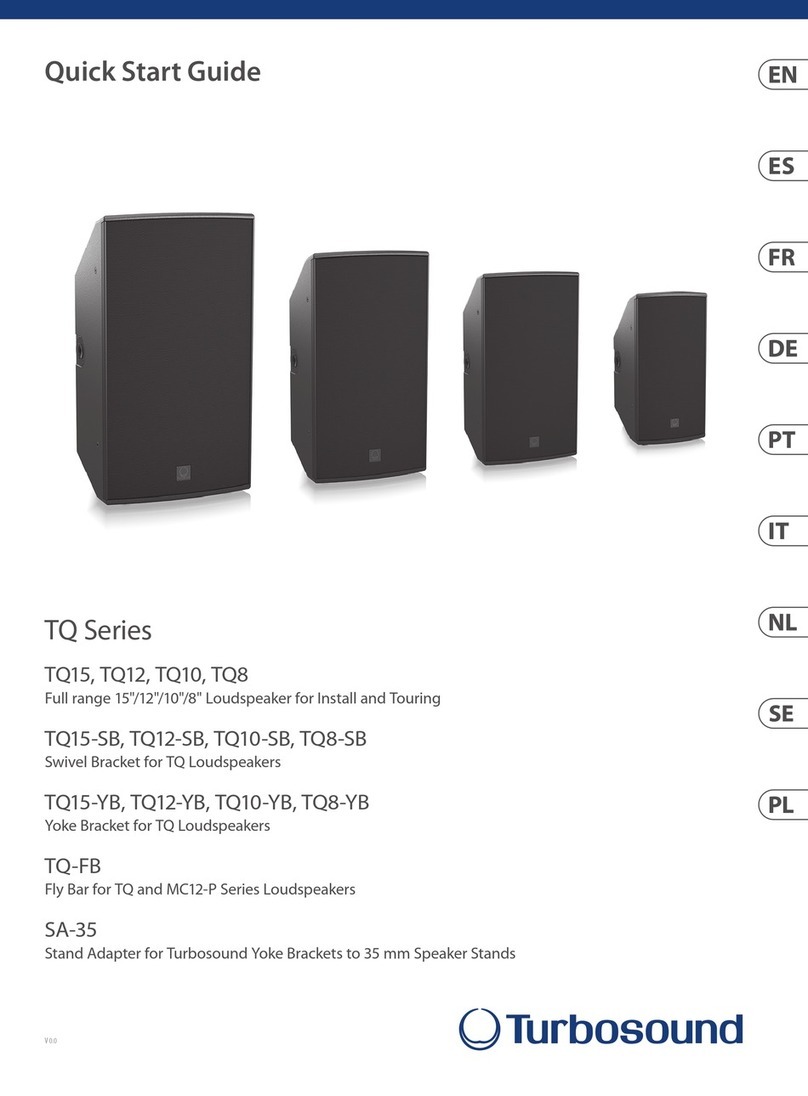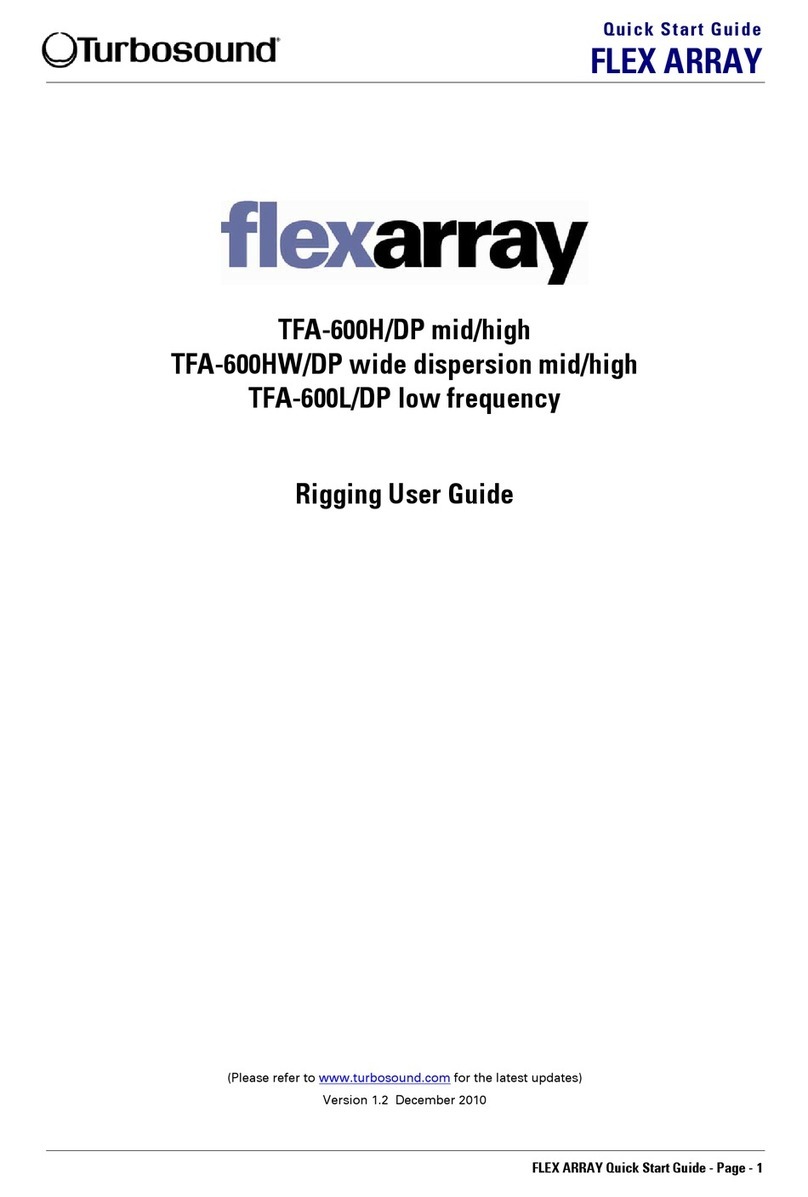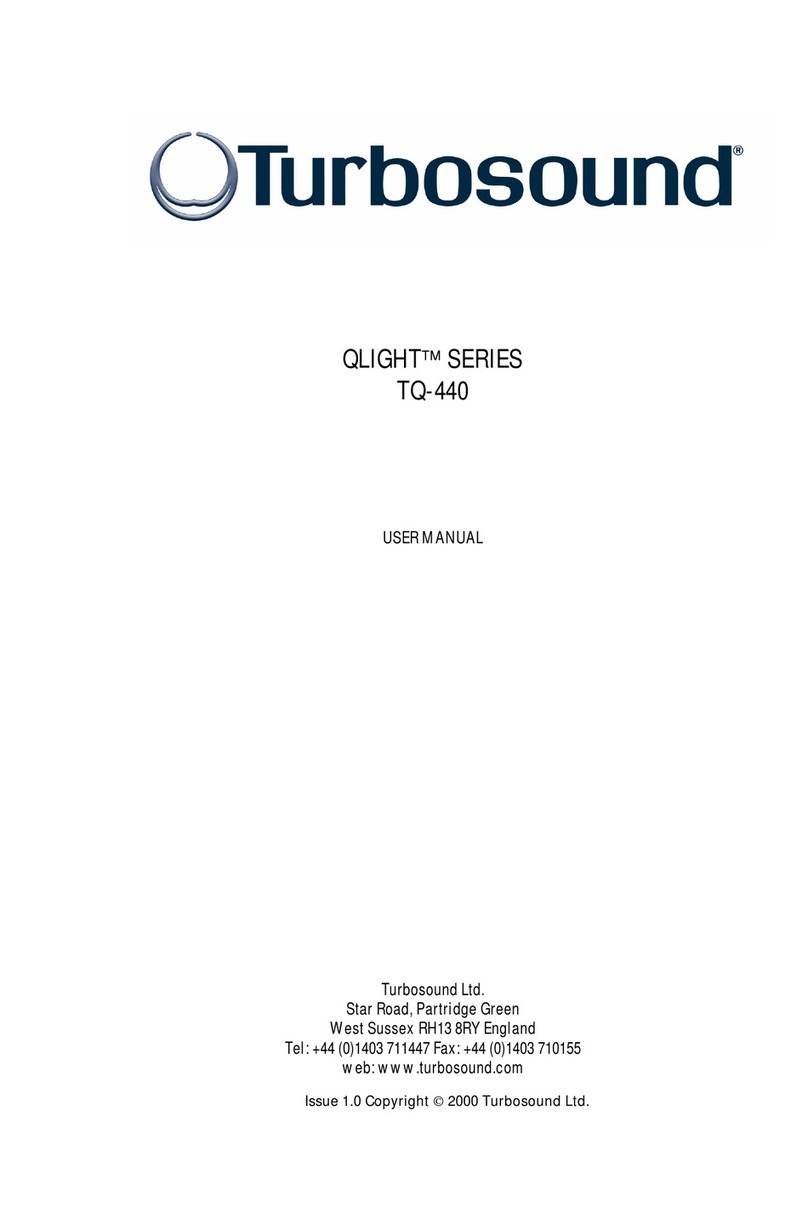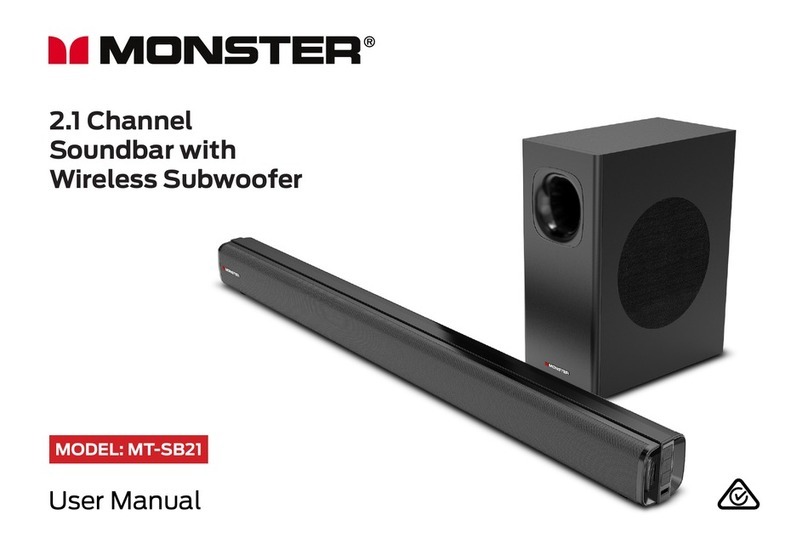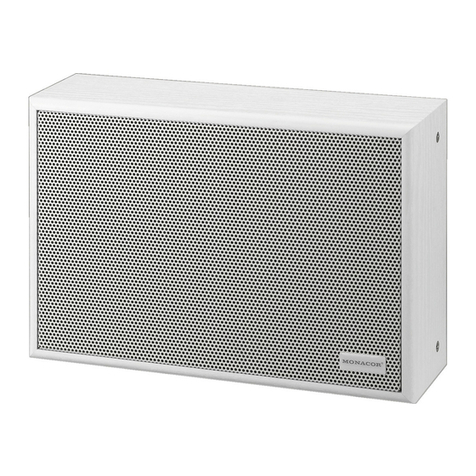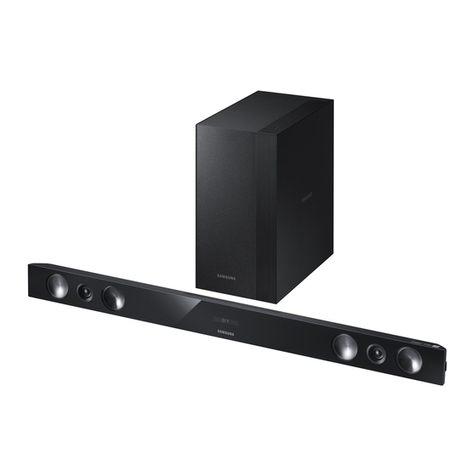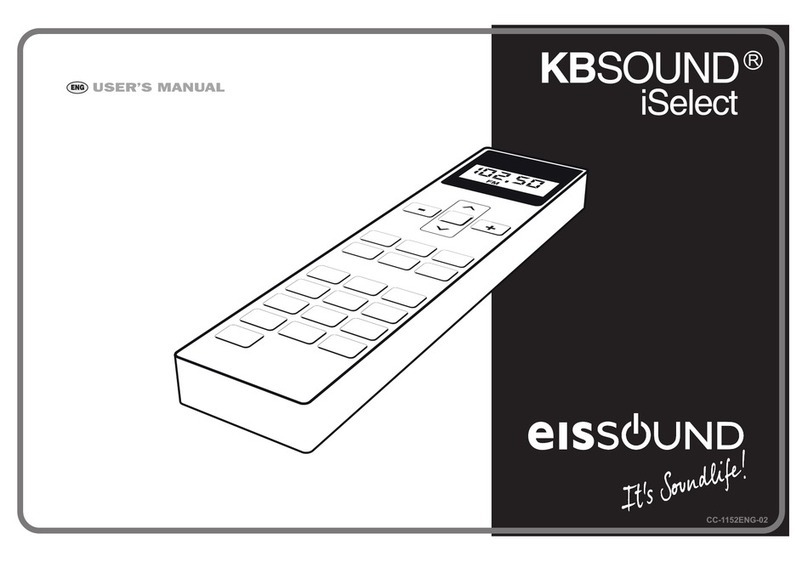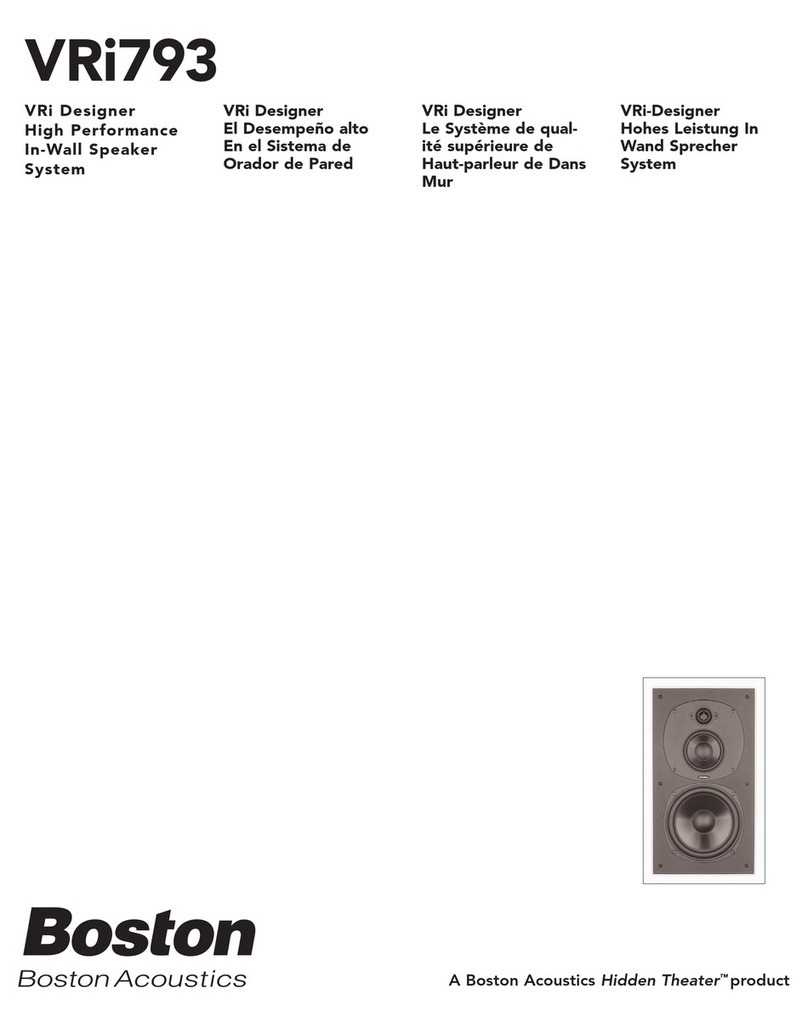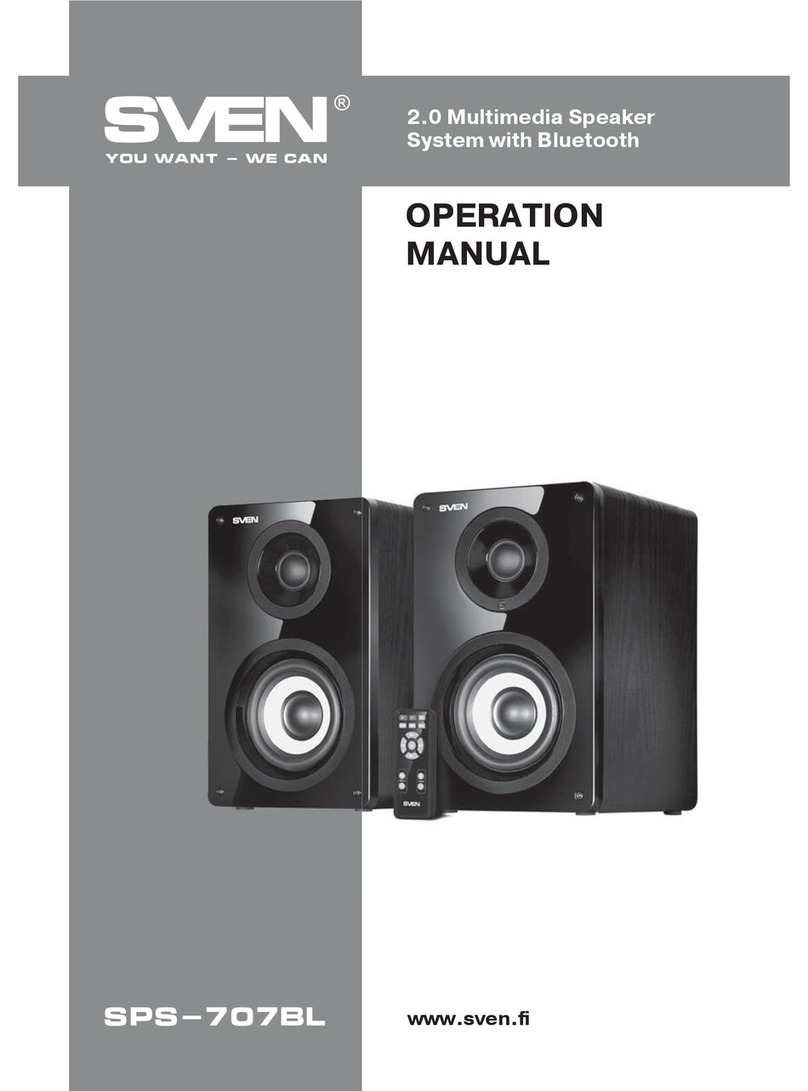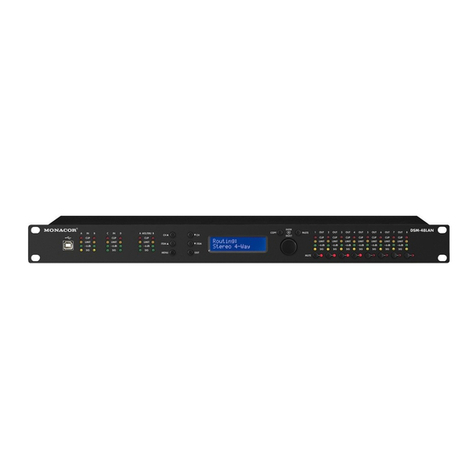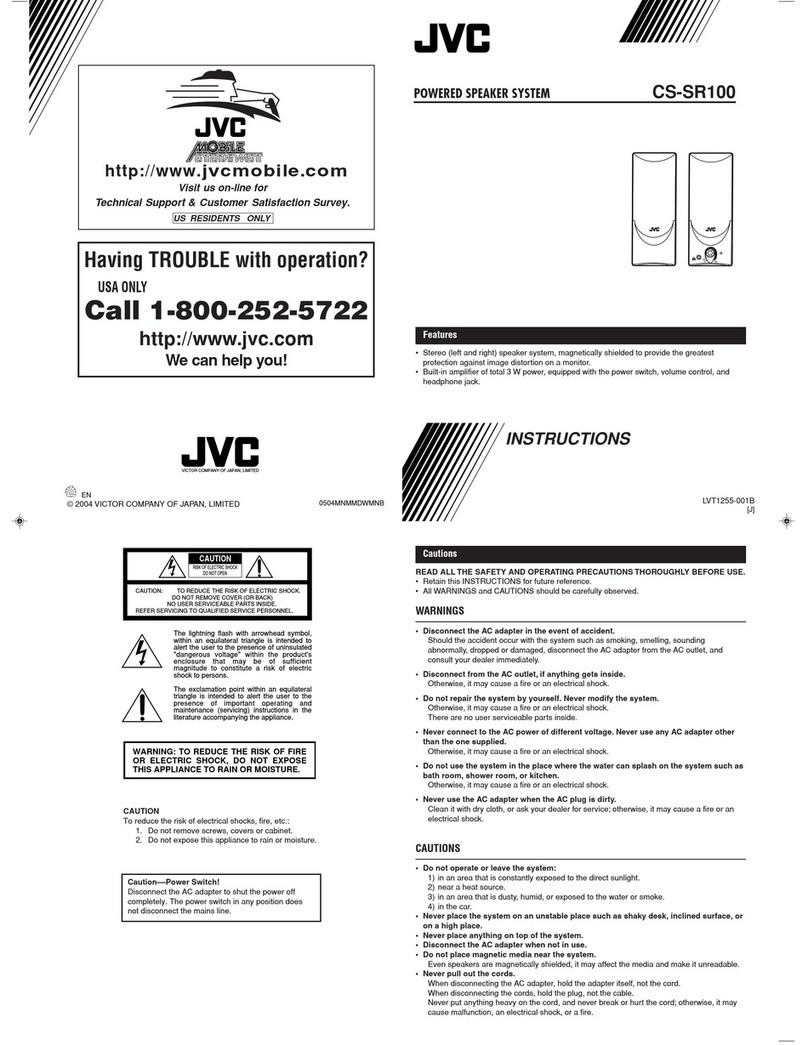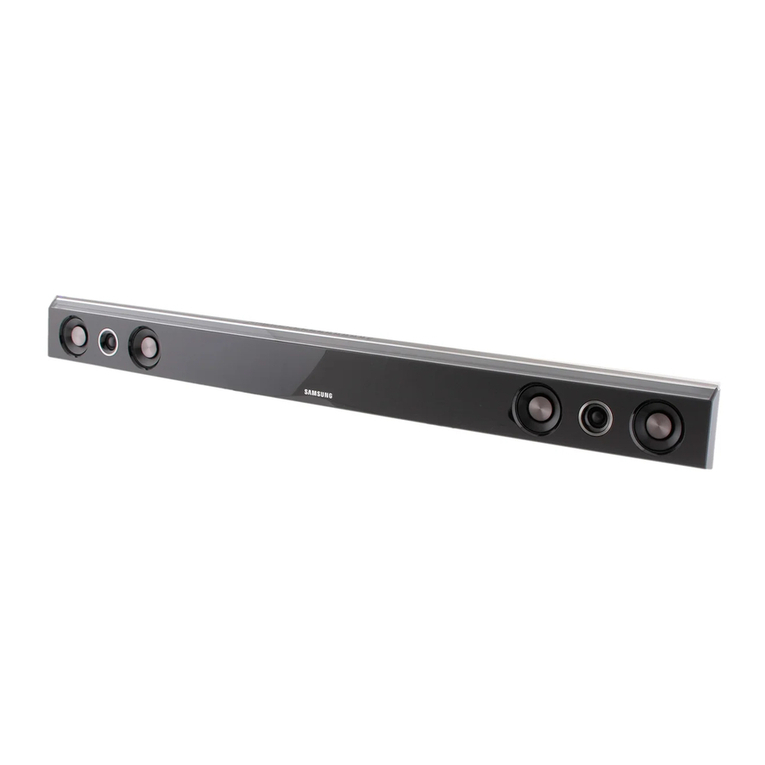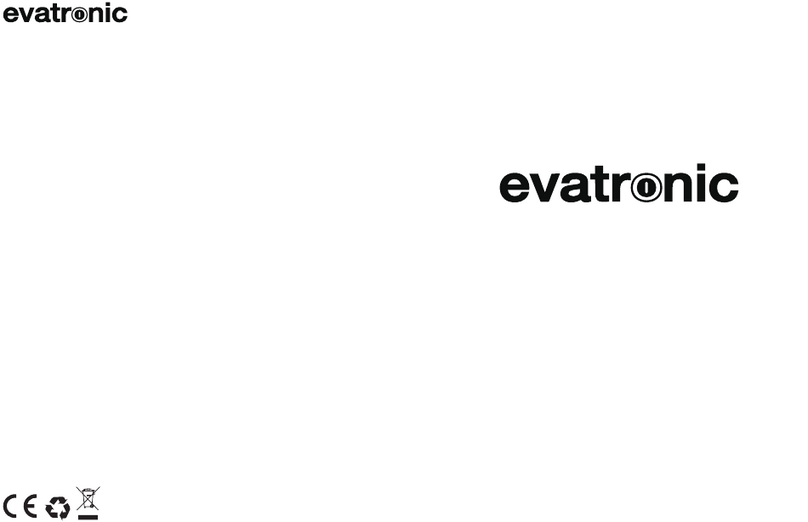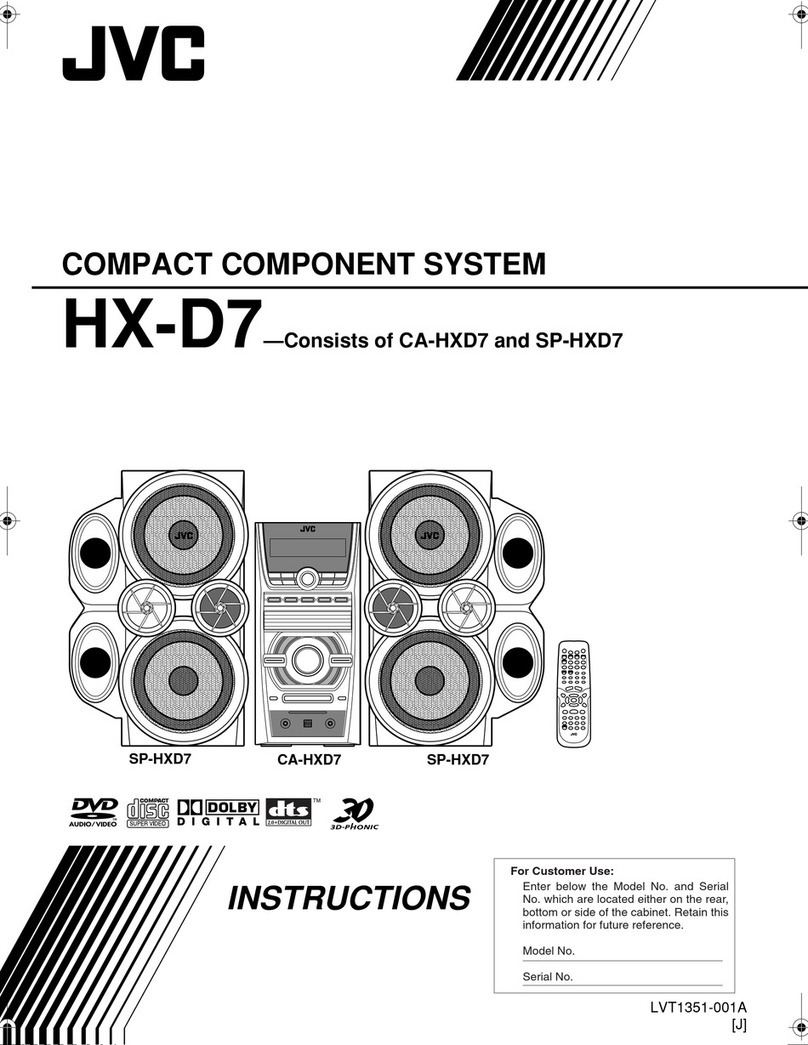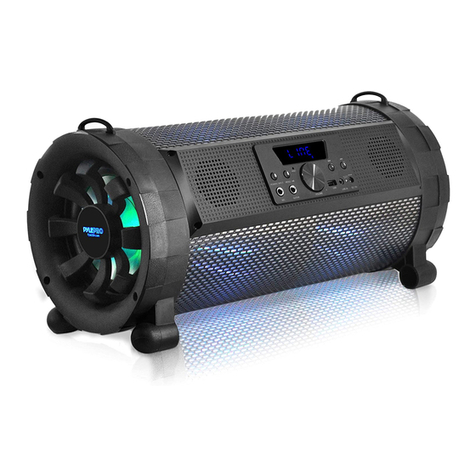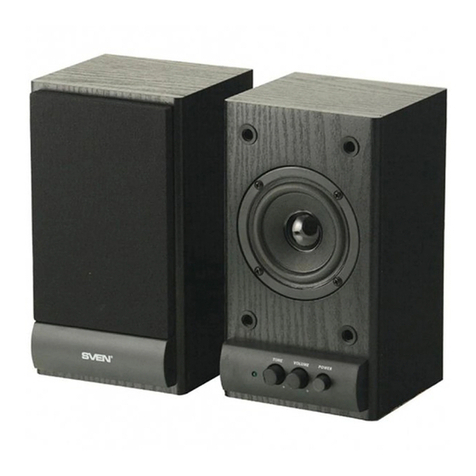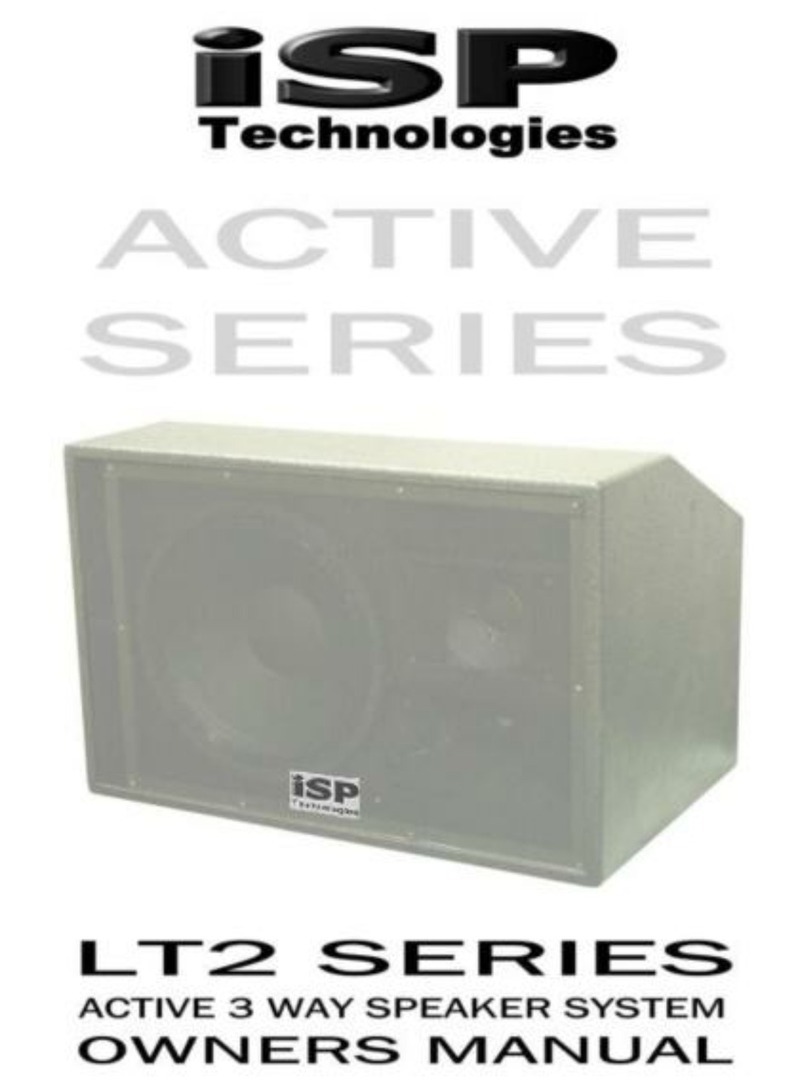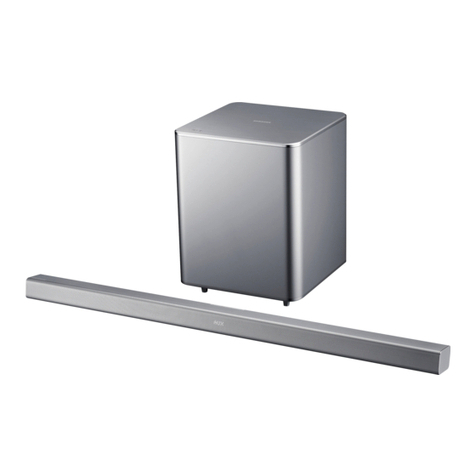user manual
TA-890
TA-890 user manual
Page 5
Utility functions .......................................................................................................................................69
Rear Panel Functions...............................................................................................................................70
AMP-890 Aspect System Amplification Rack .............................................................................................71
Racking, Cables and Connections ..........................................................................................................71
Options.....................................................................................................................................................72
Input Connections ...................................................................................................................................72
Figure 1. Amplifier Rack Signal Wiring..................................................................................................73
Output Connections ................................................................................................................................73
Figure 2. Mid-High Outputs ....................................................................................................................74
Figure 3. Bass Outputs............................................................................................................................74
Break-out Cables – NL4 bass ..................................................................................................................75
Break-out cables – NL8 mid-high............................................................................................................76
Extension Cables .....................................................................................................................................76
Mains Connections..................................................................................................................................77
T-25 and T-45 High Efficiency Audio Power Amplifiers............................................................................. 78
General Features & Facilities..................................................................................................................78
Front Panel Functions T-25 .....................................................................................................................79
Front Panel Functions T-45 .....................................................................................................................80
Mechanical Installation ...........................................................................................................................81
Mains Power............................................................................................................................................81
Powering Up............................................................................................................................................ 81
Safety Earthing........................................................................................................................................81
Voltage Setting........................................................................................................................................ 82
Voltage Range .........................................................................................................................................82
Audio Connections & Controls ............................................................................................................... 82
Polarity.....................................................................................................................................................83
Input Impedance...................................................................................................................................... 83
Gain and Sensitivity Settings ................................................................................................................. 83
Attenuation & Gain Setting ....................................................................................................................84
Output Connections ................................................................................................................................84
Damping Factor....................................................................................................................................... 84
Long Speaker Lines.................................................................................................................................85
The Cooling System................................................................................................................................85
Maintenance.................................................................................................................................................86
To rotate the horn moulding from ‘A’ mode to ‘B’ mode.....................................................................87
To rotate the horn moulding from ‘B’ mode to ‘A’ mode.....................................................................88
Removal of the high frequency driver ...................................................................................................88
Removal of the high-mid frequency driver............................................................................................ 89
Removal of the low-mid frequency drive units ..................................................................................... 90
General Maintenance..............................................................................................................................90
Flying hardware.......................................................................................................................................90
Paintwork.................................................................................................................................................91
Technical Specifications ..............................................................................................................................93
Warranty.......................................................................................................................................................94
